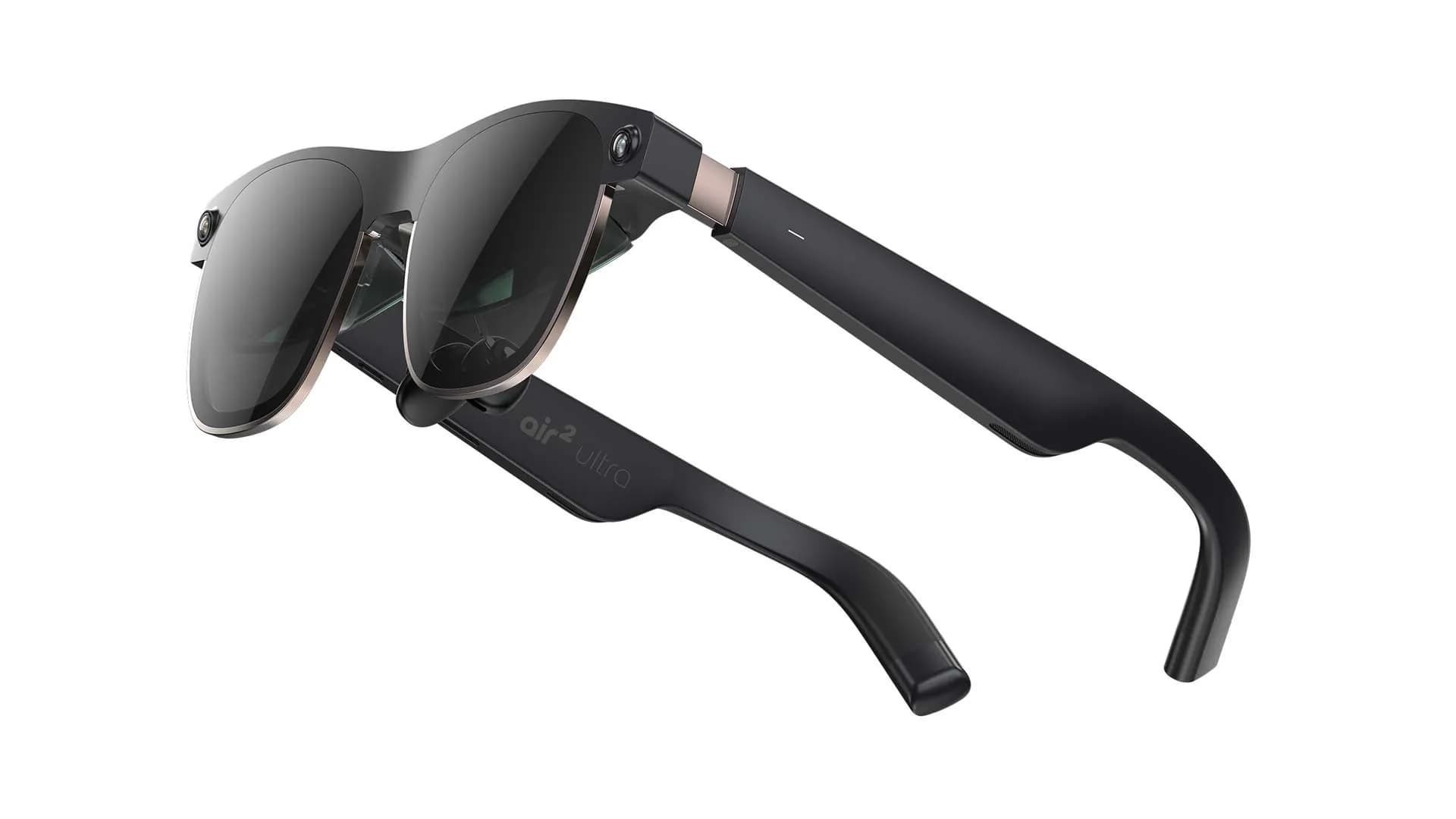Welcome back to AWE Talks, our series that revisits the best of AWE’s conference sessions. With AWE USA 2024 recently concluded, we have a fresh batch of footage to keep us busy for weeks to come.
We continue the action this week with a look at AR's longstanding promise of all-day AR glasses. What are pros, cons, and technological gaps in the field of seethrough optical AR? A heavy-hitter panel weighs in.
See the summarized takeaways below, along with the full session video. Stay tuned for more video highlights each week and check out the full library of AWE USA 2024 sessions on AWE’s YouTube Channel.
Speakers
Andrea Bravo
Tomas Sluka
Naamah Argaman
Marty Banks
Avi Bar-Zeev
Key Takeaways & Analysis
– Headworn AR can be divided into two main approaches – passthrough and seethrough.
– Quick definitions to level set:
– Passthrough sees the world through a camera feed rendered on an HMD display.
– Seethrough sees the world through transparent glass, with projected visuals.
– What are a few pros and cons of each?
– Passthrough enables full pixel control, but it necessitates bulky VR-like headgear.
– Seethrough resembles long-term AR visions but is meanwhile technically challenged.
– For these reasons, many people see passthrough as advantageous today, but just a stage.
– But it won't be a sequential evolution: approaches will be parallel and purpose-driven.
– Passthrough AR will be strong in gaming and entertainment given full pixel control.
– It can also engender "superpowers" such as corrective or magnified vision.
– Seethrough AR will be more conducive to all-day wearables, comfort, and social acceptability.
– It will also be better for work applications given better situational awareness and presence.
– The interplay of these two approaches demonstrates AR's functionality/comfort tradeoff.
– The more immersive the UX, the more hardware bulk, heat, and cost are required.
– Correspondingly, low-immersion UX can be cheaper and lighter (e.g., Ray Ban Metas).
– The goal with the latter is to achieve utility, despite low graphical richness: the order of the day.
– Social acceptability is also a key consideration when developing and evolving seethrough AR.
– The goal is for a UX that is robust for the user... yet undetectable (e.g., eye glow) to others.
– However, the "undetectable" part is counterproductive to goals like brightness and field of view.
– This dilemma represents yet another challenge in getting to the all-day AR glasses we all want.
– It's also important to avoid a power imbalance, which is one area Google Glass went wrong.
– Wearers had a certain implied superiority over non-wearers and the ability to covertly record.
– This met ample cultural backlash and is an important cautionary tale for AR's current era.
– The goal is to empower the AR glasses wearer, as well as non-wearers... an unsolved problem.
– Meanwhile, style has to be considered, as people are style-conscious, especially with their faces.
– Any product needs a range of styles (e.g., Ray Ban Metas), not one design (e.g., Magic Leap).
For more color, see the full video below...

Want more XR insights and multimedia? ARtillery Intelligence offers an indexed and searchable library of XR intelligence known as ARtillery Pro. See more here.
Speakers
Andrea Bravo
Tomas Sluka
Naamah Argaman
Marty Banks
Avi Bar-Zeev
Key Takeaways & Analysis
– Headworn AR can be divided into two main approaches – passthrough and seethrough.
– Quick definitions to level set:
– Passthrough sees the world through a camera feed rendered on an HMD display.
– Seethrough sees the world through transparent glass, with projected visuals.
– What are a few pros and cons of each?
– Passthrough enables full pixel control, but it necessitates bulky VR-like headgear.
– Seethrough resembles long-term AR visions but is meanwhile technically challenged.
– For these reasons, many people see passthrough as advantageous today, but just a stage.
– But it won't be a sequential evolution: approaches will be parallel and purpose-driven.
– Passthrough AR will be strong in gaming and entertainment given full pixel control.
– It can also engender "superpowers" such as corrective or magnified vision.
– Seethrough AR will be more conducive to all-day wearables, comfort, and social acceptability.
– It will also be better for work applications given better situational awareness and presence.
– The interplay of these two approaches demonstrates AR's functionality/comfort tradeoff.
– The more immersive the UX, the more hardware bulk, heat, and cost are required.
– Correspondingly, low-immersion UX can be cheaper and lighter (e.g., Ray Ban Metas).
– The goal with the latter is to achieve utility, despite low graphical richness: the order of the day.
– Social acceptability is also a key consideration when developing and evolving seethrough AR.
– The goal is for a UX that is robust for the user... yet undetectable (e.g., eye glow) to others.
– However, the "undetectable" part is counterproductive to goals like brightness and field of view.
– This dilemma represents yet another challenge in getting to the all-day AR glasses we all want.
– It's also important to avoid a power imbalance, which is one area Google Glass went wrong.
– Wearers had a certain implied superiority over non-wearers and the ability to covertly record.
– This met ample cultural backlash and is an important cautionary tale for AR's current era.
– The goal is to empower the AR glasses wearer, as well as non-wearers... an unsolved problem.
– Meanwhile, style has to be considered, as people are style-conscious, especially with their faces.
– Any product needs a range of styles (e.g., Ray Ban Metas), not one design (e.g., Magic Leap).
For more color, see the full video below...
Want more XR insights and multimedia? ARtillery Intelligence offers an indexed and searchable library of XR intelligence known as ARtillery Pro. See more here.



